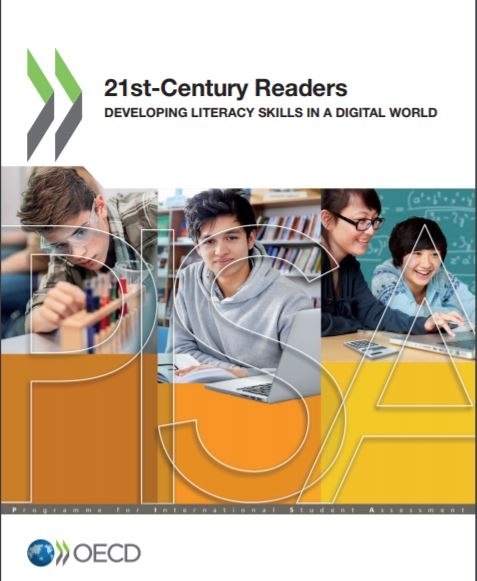
Literacy in the 21st century is about constructing and validating knowledge. Digital technologies have enabled the spread of all kinds of information, displacing traditional formats of usually more carefully curated information such as encyclopaedias and newspapers. The massive information flow of the digital era demands that readers be able to distinguish between fact and opinion. Readers must learn strategies to detect biased information and malicious content like fake news and phishing emails. What the PISA 21st-century readers report reveals is that students’ access to digital technologies and training on how to use them greatly vary between countries and students’ socio-economic profiles. This report explores how 15-year-old students are developing reading skills to navigate the technology-rich 21st century. It sheds light on potential ways to strengthen students’ capacity to navigate the new world of information. It highlights how countries need to redouble their efforts to combat emerging digital divides. It also explores what teachers can do to help students navigate ambiguity and manage complexity.
Author(s): OECD
Year Published: 2021
Language: English
Country: Global


